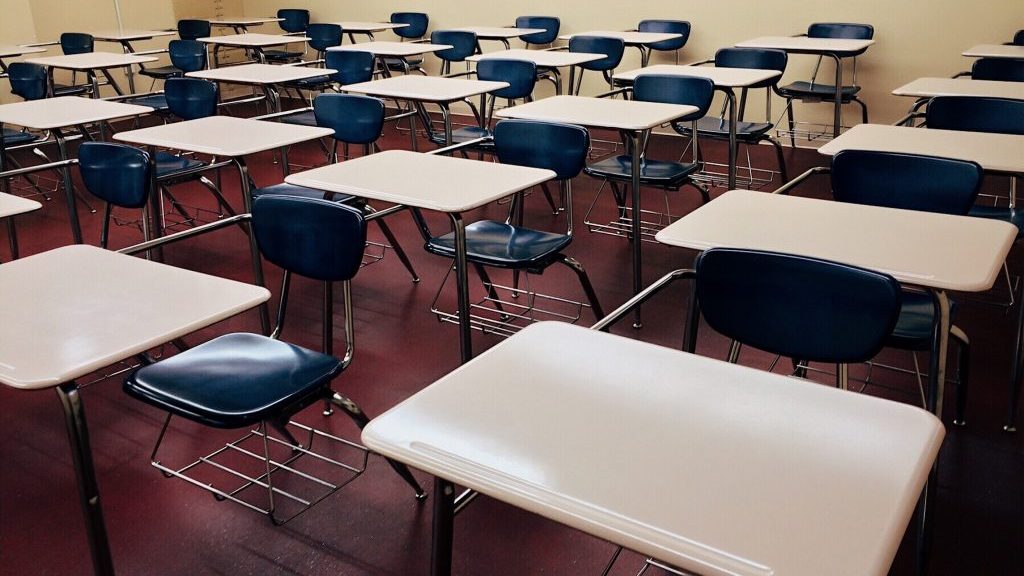LONDON – The British government has been accused of “cutting corners” as it published Wednesday a list of 147 schools in England that are potentially at risk of collapse from crumbling concrete.
The list from the Department for Education suggests that 19 schools have had to delay the start of the new academic year because of the concrete crisis and that students at 24 others will receive some remote learning, with four having switched to fully remote learning at the weekend. Other educational establishments could be added to the list over the coming days or weeks.
Keir Starmer, leader of the main opposition Labour Party, likened the government to “cowboys running the country” during a rowdy first Prime Minister’s Questions session following the summer break.
“The truth is this crisis is the inevitable result of 13 years of cutting corners, botched jobs, sticking-plaster politics,” he said. “It’s the sort of thing you expect from cowboy builders saying that everyone else is wrong, everyone else is to blame, protesting that they’ve done an effin’ good job even as the ceiling falls in.”
Prime Minister Rishi Sunak, whose Conservative Party is trailing Labour badly in opinion polls ahead of an expected general election next year, insisted that the government has acted “decisively” and that the “vast, vast majority” of schools are not affected by the problem.
Last week, more than 100 schools in England were ordered – days before the start of the new school year – to shut some or all of their buildings because they contain a type of lightweight, air-filled concrete widely used in construction between the 1950s and the 1990s. The material, which is known as reinforced autoclaved aerated concrete, or RAAC, is lighter and less expensive than standard reinforced concrete – but weaker, with a useful life of about 30 years.
School leaders have been scrambling to find classroom space in nearby establishments or resorting to online instruction after the government’s last-minute directive, sparked when three schools thought to be safe suffered collapses over the summer.
To the opposition, crumbling schools are a metaphor for the state of a country they claim has become “Broken Britain” due to public-sector cost-cutting during 13 years of Conservative rule.
The use of RAAC was not limited to schools. Courts, hospitals and other public buildings were also built using aerated concrete, often for roofs.
©2023 THE ASSOCIATED PRESS





Recent Comments
comments for this post are closed